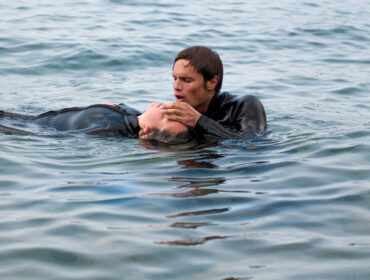Henry’s Law
William Henry was an English physician and chemist who, in 1803, proposed what is now called Henry’s law. This law states that “At a constant temperature, the amount of a given gas dissolved in a given type and volume of liquid is directly proportional to the partial pressure of that gas in equilibrium with that liquid. “
The Law essentially has two parts. One states that as pressure increases, the solubility of gases in liquids increases. The Second states that as temperature increases, the solubility of gases in liquids decreases.
In simplistic terms:
- Under more pressure, a greater quantity of gas can be absorbed by a liquid
- Secondly, the cooler the liquid, the more gas it can absorb; as a liquid warms up, the gas escapes from it.
Mathematically, the Law is expressed as:
P = KC is the equation for Henry’s law
P: Represents the partial pressure of the gas in the atmosphere above the liquid
C: Represents the concentration of the dissolved gas
k: Represents the Henry’s law constant of the gas
When trying to understand Henry’s Law, it helps to draw parallels to a bottle of Soda. Before the bottle is opened, its contents are under pressure, which causes the carbon dioxide in it to be soluble in the soda. As soon as you open the cap, you release the pressure, causing the carbon dioxide gas to lose its solubility and escape into bubbles or fizz.
Similarly, as a diver descends, nitrogen inhaled has nowhere to escape and, under pressure, gets soluble in the bloodstream, muscles, and tissues. This is no problem until the diver begins his ascent. As a diver ascends, the pressure is released, and like the soda bottle, the nitrogen in the body tries to escape and may form bubbles if the diver ascends too quickly, causing DCS or Decompression Sickness, also known as the bends. This is why divers ascend gradually, allowing the nitrogen to dissipate rather than form bubbles.
Henry’s Law also explains why divers are asked not to take hot baths after a dive or abstain from strenuous activities or exercise. Based on the second portion of Henry’s Law, the increase in temperature caused by the exercise or hot bath may cause the nitrogen to become less soluble, increase the off-gassing, and possibly cause DCS or Decompression Sickness.
Similarly, while diving in colder water, the on-gassing/absorption of nitrogen is greater, which should be considered as it will allow the diver to have shorter dive times and shallower dives.
Also Read:
- An Introduction to Scuba Gas Laws – Part 1: Boyle’s Law
- An Introduction to Scuba Gas Laws – Part 2: Charles’ Law



